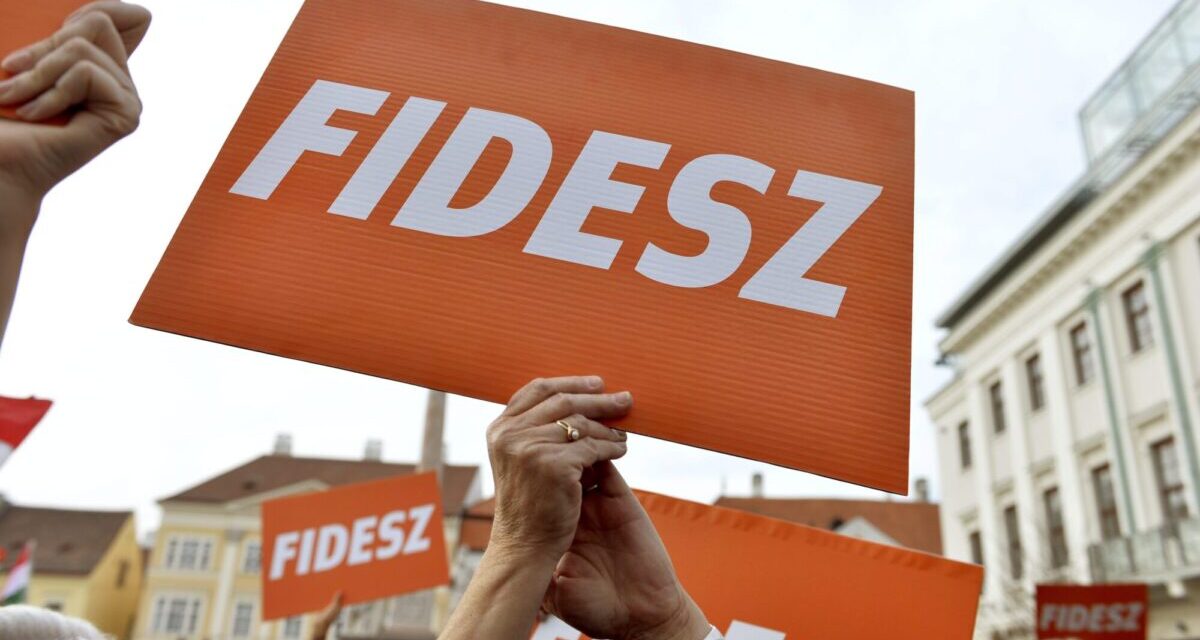Based on the party preference of registered and identified voters, the most likely list result of Fidesz-KDNP would be 46 percent.
The state of the party competition has not changed since the end of September: Fidesz-KDNP (46 percent) is in the lead ahead of the Tisza Party (35 percent), Mi Hazánk (6 percent) and the Democratic Coalition (5 percent), according to a report published by the Nézőpont Institute on Thursday. from his latest poll.
Nézőpont points out that a four-party parliament would continue to exist if the parliamentary elections were held this Sunday.
The balance of power is unchanged compared to the results of a month ago, based on a poll conducted by the Nézőpont Institute in the week following the debate in the European Parliament, between October 14 and 17.
"Different public opinion polling institutes publish party preference research results on different bases, so unlike usual, in addition to the most likely list result, we also present the support of each party on the basis of the entire adult population and sure-voting party voters taken by others," Nézőpont pointed out.
The results show that Fidesz-KDNP enjoys 36 percent popularity among the adult and voting-age population.
The Tisza Party has 25 percent, Mi Hazánk Mozgalom 5 percent, and the Democratic Coalition only 3 percent.
However, this base cannot correspond to the proportions of the competitive situation in the election, since it does not take into account either the participation in the election or the voters who are hiding.
The most probable list result used by the Viewpoint Institute takes into account all respondents who have promised to participate in the election. Hidden voters, who for some reason do not state their party preference, are identified using statistical methods based on their other answers.
Based on the party preferences of the declared and identified voters, the most likely list result for Fidesz-KDNP would be 46 percent, which roughly corresponds to its support before (45 percent) and during (47 percent) the flood.
The Tisza Party's most likely list result (35 percent) would be eleven percentage points behind that of the government parties, which is the same as its result before the flood. Among the opposition parties, only Mi Hazánk Mozgalom (6 percent) and the Democratic Coalition (5 percent) would enter the parliament.
Several pollsters use the "certain voting party voter base" to describe the most likely result, i.e. they measure the support of the parties among those who promise to participate in the election for sure and name a party they would vote for.

On this basis, the Fidesz-KDNP stands at 49 percent, behind the Tisza Party with 34 percent, the Mi Hazánk Mozgalom with 5 percent, and based on this model the Democratic Coalition (3 percent) would not even enter the parliament. On this basis, however, voters who would participate in the election, but for some reason do not state their party preference, i.e. are hiding, are not taken into account.
The research of the Nézőpont Institute was conducted by interviewing 1,000 people by telephone. The sample is representative of the population over the age of 18 according to gender, age, region, type of settlement and educational level. For a sample size of 1,000 people and a confidence level of 95 percent, the sampling error is ± 3.16 percent. The data has been rounded to the nearest whole number, so it may happen that their total value is not exactly 100.
Cover image: Fidesz signboards
Source: MTI Photo: Szilárd Koszticsák













